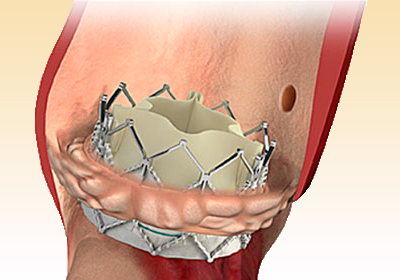The presence of calcification in the coronary arteries (CAC) remains the main challenge in the percutaneous treatment of these lesions. Various studies have demonstrated the association of CAC with unfavorable long-term outcomes. Intravascular lithotripsy (IVL) has emerged as an effective tool for fracturing calcified plaques. Studies evaluating this strategy have shown high device success rates, with good clinical and angiographic outcomes. These, however, have not been randomized trials.

The aim of this prospective, multicenter study was to assess the effectiveness and safety of IVL in calcified lesions in a cohort of consecutive real-world patients.
The primary efficacy endpoint (PEP) was procedural success, defined as successful percutaneous coronary intervention (PCI) with residual stenosis <20% and no in-hospital complications (cardiac death, acute myocardial infarction [AMI], or need for target vessel revascularization [TVR]). The secondary safety endpoint (SEP) was the rate of major adverse cardiac events (MACE), defined as death, AMI, or TVR.
The study included a total of 426 patients with 456 lesions. The mean age was 73 years, and most patients were men. The most frequent clinical presentation was acute coronary syndrome (ACS), in 63% of cases. Most patients had good ventricular function (LVEF >50%), and transradial access was the most frequently used access (76%). The most affected coronary artery was the left anterior descending artery (44%), followed by the right coronary artery (31%), the circumflex artery (12%), and the left main coronary artery (11%).
Read also: Third Generation Balloon-Expandable and Self-Expanding Valves: TAVR Meta- Analysis.
Regarding the efficacy PEP, it was achieved in 66% of the patients, with similar rates between ACS patients (65%) and patients with chronic coronary syndromes (CCS) (68%). There were no significant differences in angiographic success after IVL between these two patient groups. As for the safety SEP, the 30-day MACE rate was 3%: it was 1% in CCS patients and 5% in ACS patients (p=0.073).
Conclusion
The use of IVL proved to be a feasible and safe procedure in a real-world patient population, effectively facilitating stent implantation in severely calcified lesions. ACS patients showed similar angiographic success rates but tended to have higher 30-day MACE rates compared with CCS patients. Long-term studies are needed to evaluate the clinical benefits associated with this therapeutic tool.

Dr. Andrés Rodríguez.
Member of the Editorial Board of SOLACI.org.
Original Title: A Prospective, Multicenter, Real-World Registry of Coronary Lithotripsy in Calcified Coronary Arteries The REPLICA-EPIC18 Study.
Reference: Oriol Rodriguez-Leor, MD, PHD et al J Am Coll Cardiol Intv 2024.
Subscribe to our weekly newsletter
Get the latest scientific articles on interventional cardiology





